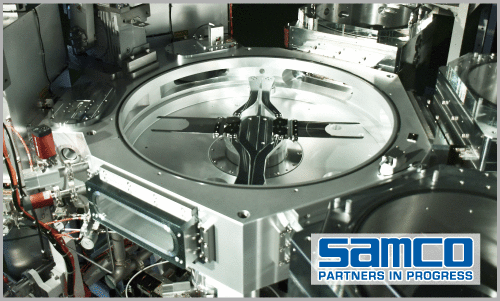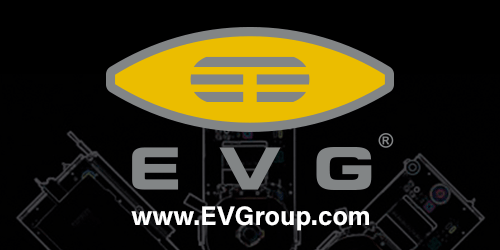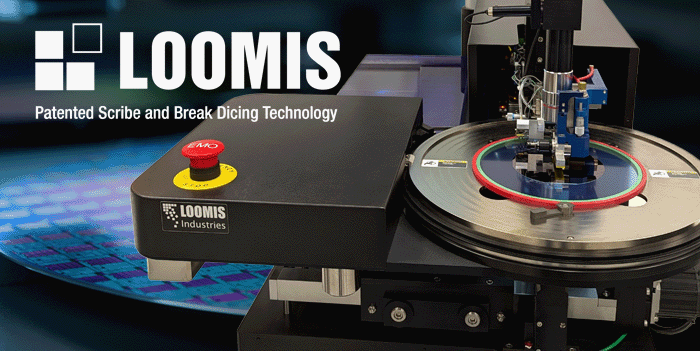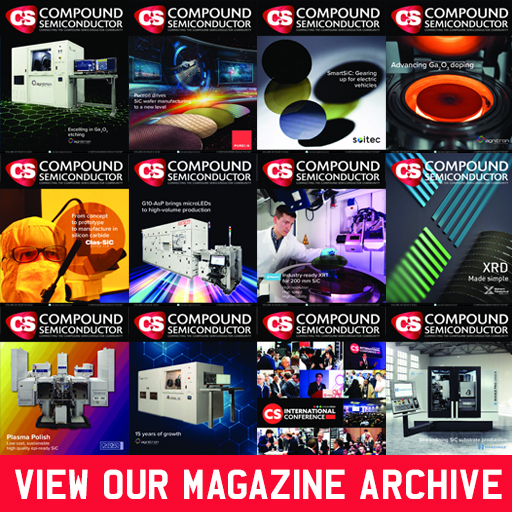Silicon laser now within reach
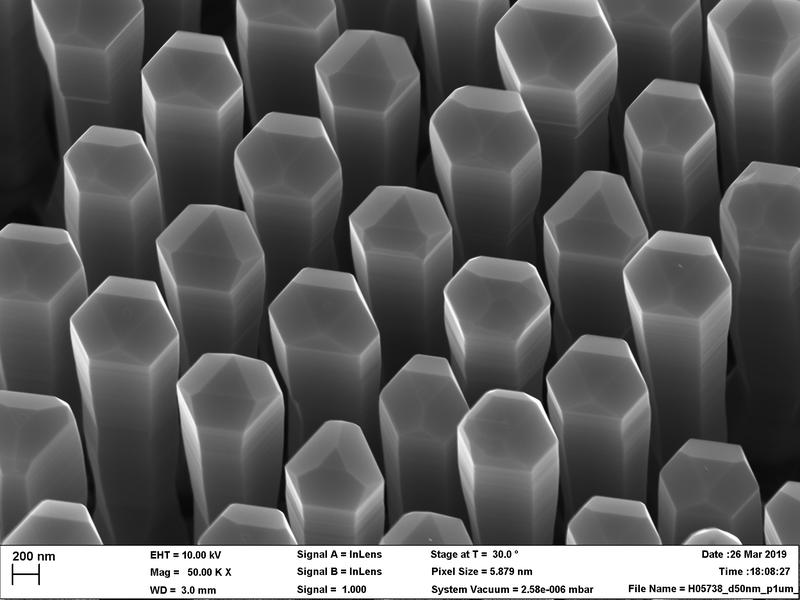
European team develops light-emitting, silicon-germanium alloys with properties almost comparable to InP or GaAs
A team from the Technical University of Eindhoven (TU/e) and the Technical University of Munich (TUM) has now succeeded in developing light-emitting, silicon-germanium alloys. As a result, the development of a silicon laser capable of integration into today's chips is within reach for the first time.
For the past half century, researchers have tried in vain to build silicon or germanium-based lasers. Silicon normally crystallises in a cubic crystal lattice. In this form it is not suitable for converting electrons into light.
Together with colleagues from the Technical University of Munich and the universities in Jena and Linz, researchers at the Technical University of Eindhoven have now developed alloys made of germanium and silicon capable of emitting light.
The crucial step was the ability to produce germanium and alloys from germanium and silicon with a hexagonal crystal lattice. “This material has a direct band gap, and can therefore emit light itself,” says Jonathan Finley, professor of Semiconductor Quantum Nanosystems at TUM.
The template trick
Erik Bakkers and his team at TU Eindhoven first produced hexagonal silicon back in 2015. They started by growing a hexagonal crystal structure with nanowires made of another material. This served as a template for a germanium-silicon shell on which the underlying material imposed its hexagonal crystal structure.
Initially, however, these structures could not be stimulated to emit light. Through the exchange of ideas with colleagues at the Walter Schottky Institute at the Technical University of Munich, who analysed the optical characteristics with each successive generation, the production process was finally optimized to a grade of perfection where the nanowires were indeed capable of emitting light.
“In the meantime, we have achieved properties almost comparable to InP or GaAs,” says Bakkers. As a result, it appears to be just a matter of time before a laser made from germanium-silicon alloys and capable of integration into conventional production processes is developed.
“If we can implement on-chip and inter-chip electronic communications by optical means, speeds can be increased by a factor of up to 1,000,” says Jonathan Finley. “In addition, the direct combination of optics and electronics could drastically reduce the cost of chips for laser-based radar in self-driving cars, chemical sensors for medical diagnostics, and air and food quality measurements.”
'Direct Bandgap Emission from Hexagonal Ge and SiGe Alloys' by E. M. T. Fadaly et al; Nature, 8. April 2020





































